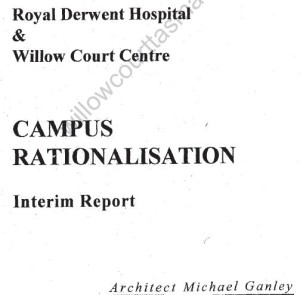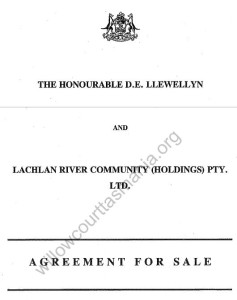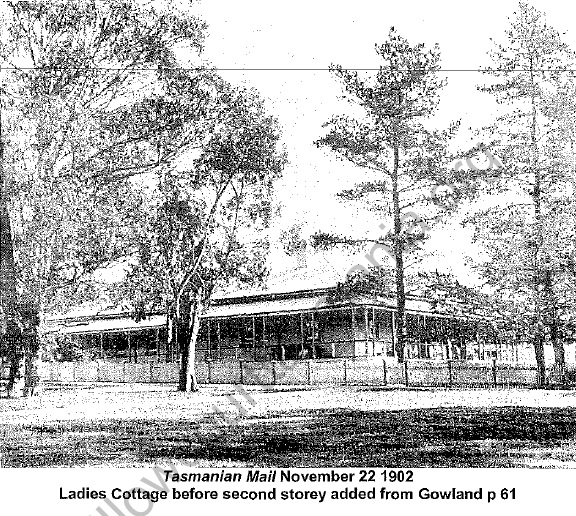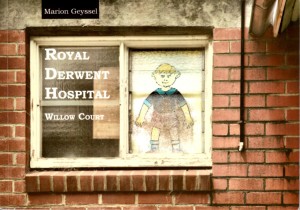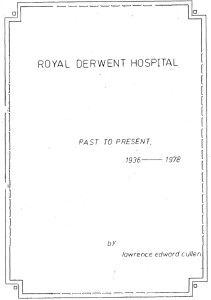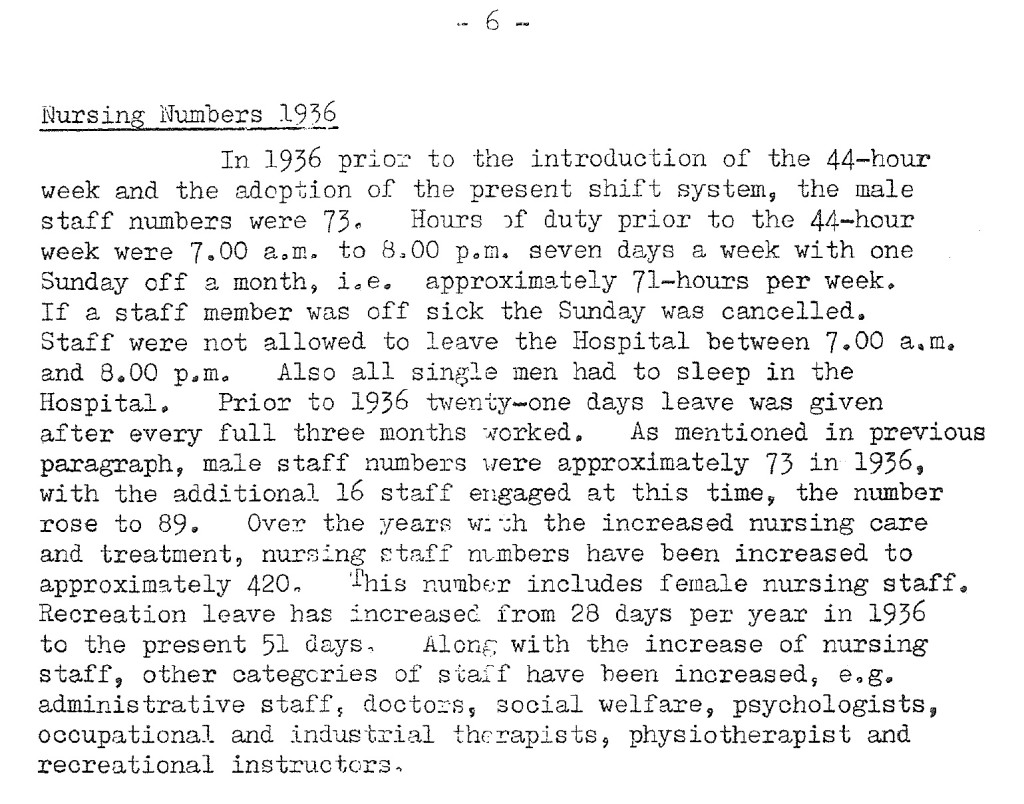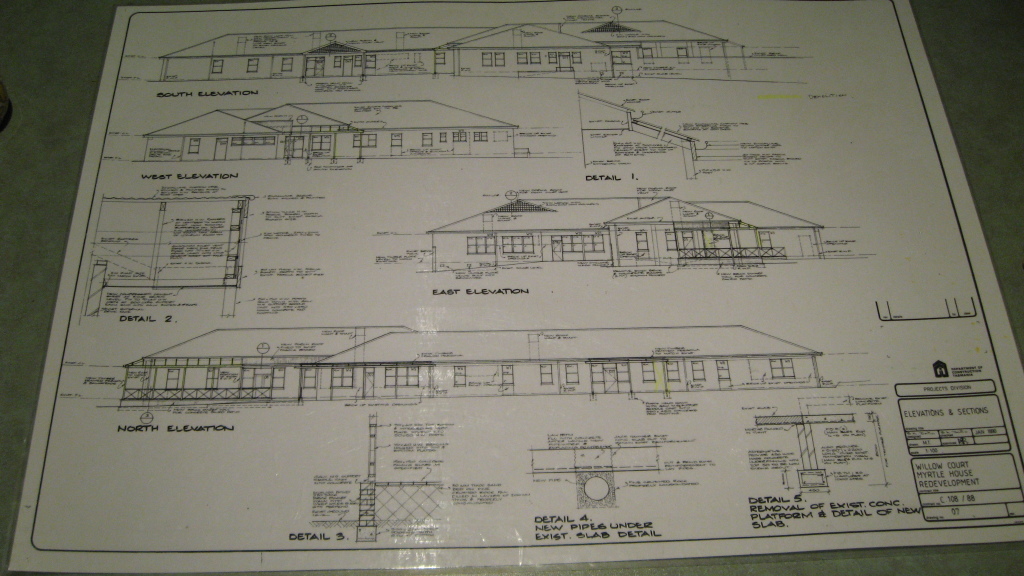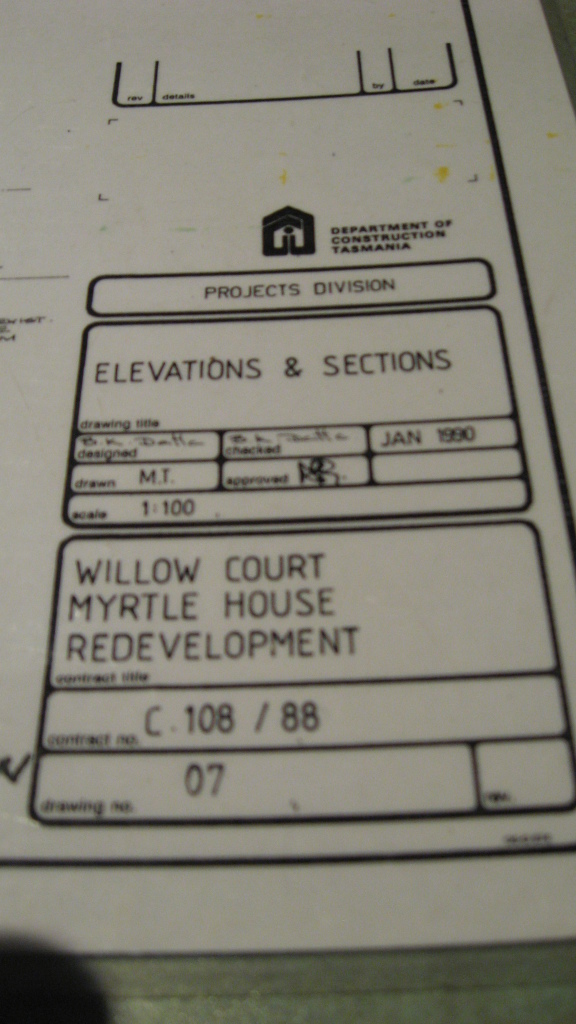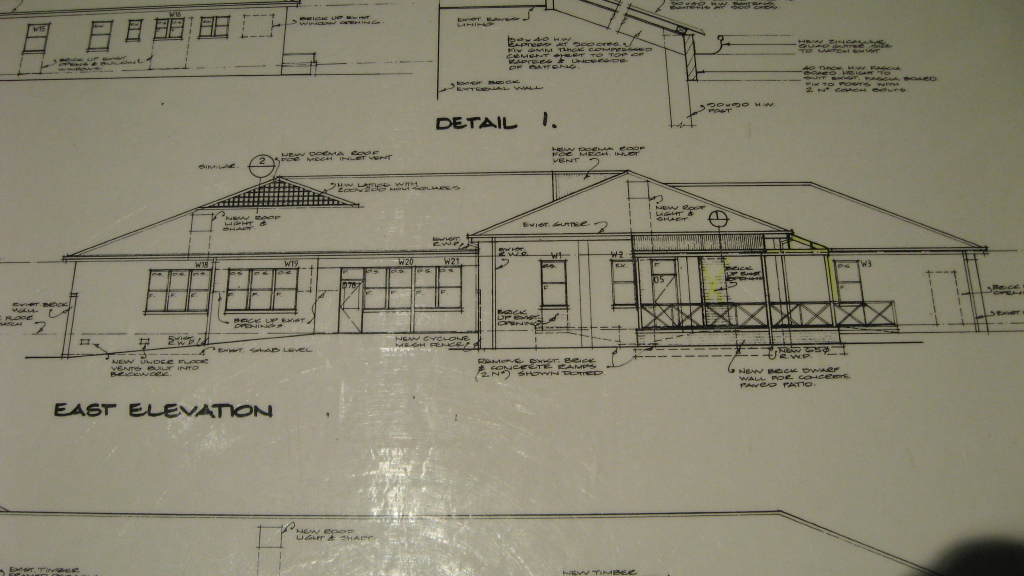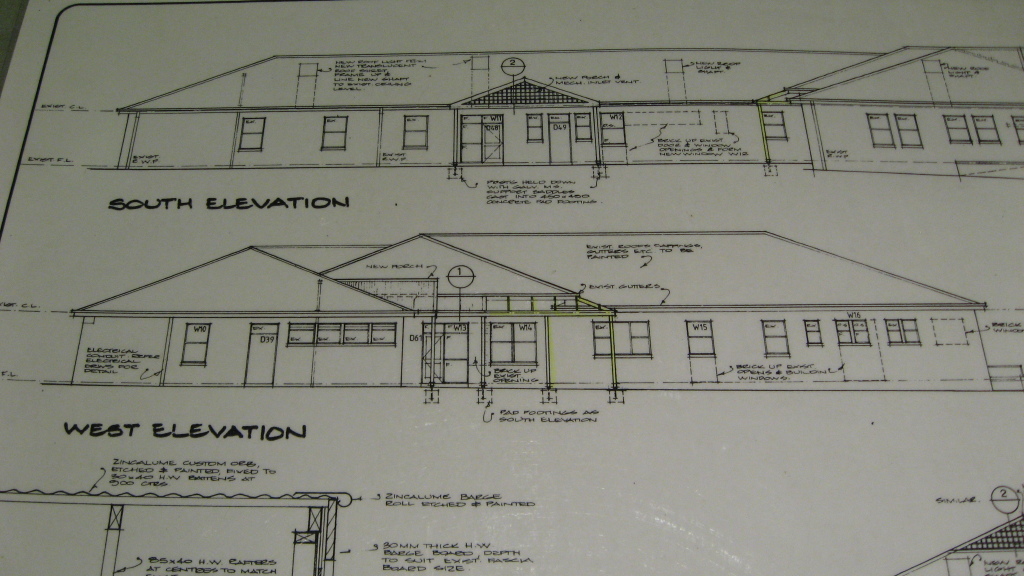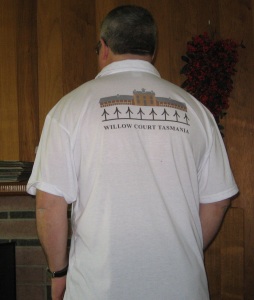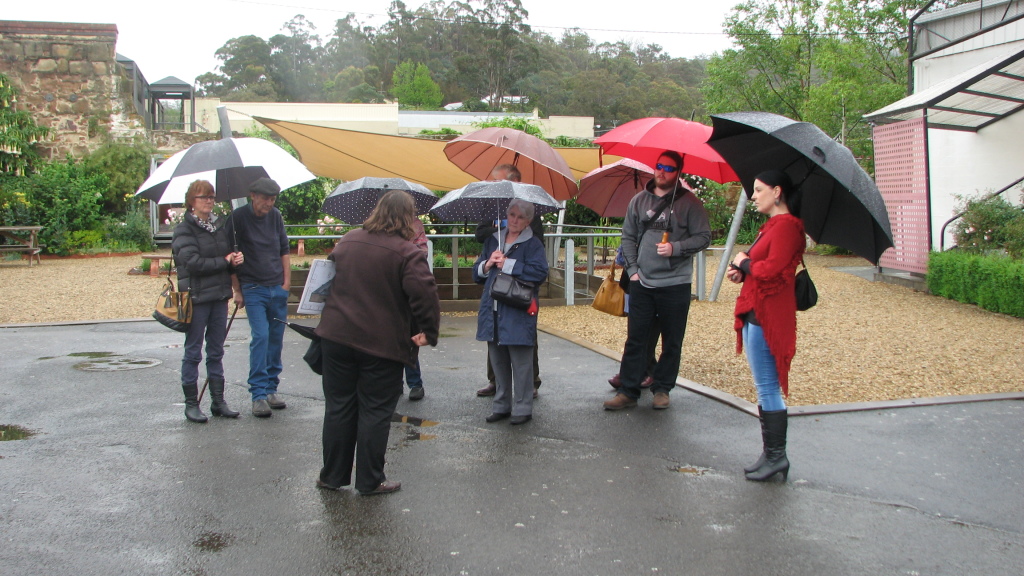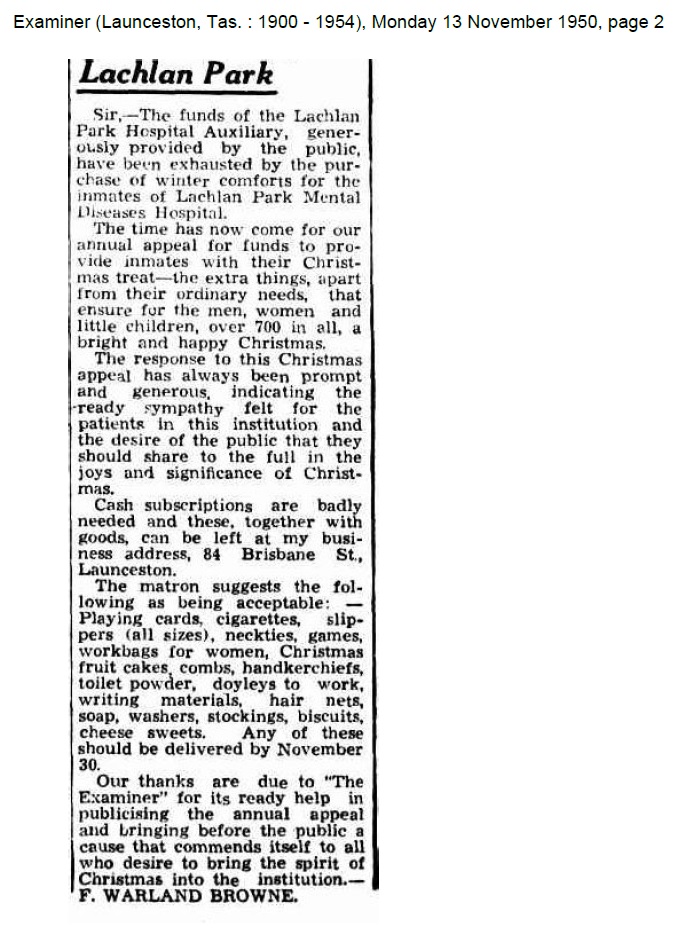The Derwent Valley Council have been asked to make a decision about co-locating the Derwent Valley Community House DVCH into the Heritage Precinct at Willow Court at the next meeting, according the the agenda on the DVC website. The plan put forward three options for co-location but doesn’t consider if this is the best long term out come for the Heritage site or the Derwent Valley Community House.
Willow Court is older than Port Arthur, which doesn’t contain anything like this proposal and has a specific vision to cater for the tourist market, a thought that we also have. We are concerned that knee jerk reactions are driving the DVC agenda instead of good long term planning for the site. The new Derwent Valley Council can lay this proposal on the table and review this decision and do what is best for both the Derwent Valley Community House and the Willow Court Heritage Site.
Some of the issues that have not been considered are the share facilities with school group tours and tourists.
Most schools require a checked and safe environment for young children. How can the DVC guarantee this will occur. It would be a bit hard to ask all DVCH users to complete a police check and a working with children check and would most likely be in appropriate.
Open access to any displays and exhibitions in the building and tours.
The DVCH is open all hours to cater to their market and peoples needs and wants, this is not the same as the Heritage Precinct’s needs, so securing valuable and very precious historic items or art works that are on display is not easy. During events and tours that are paid entry, do the users of the DVCH have free access to the heritage site?
Department of Health and Human Services having key funding and a say in the Heritage Precincts ongoing operations
The funding that come with moving the DVCH into Willow Court has stings attached and these need to be known, discussed and a simple consultation process entered into.
Once the site is Heritage listed, opportunities for funding for that next stage of preservation work are considered much greater, but how will having a sitting tenant in a Heritage listed site effect the ability for grants? How will having ten years of historical archaeology around the site affect the DVCH operations including archaeology digs sites?
At the height of the hospitals history there were 50 odd buildings but through fire sales, mismanagement, vandalism and arsonist work, what is left is is a small representation of what was. The DVC has a last opportunity to preserve Tasmania’s Mental Health and Disability history or what little is physically left.
Item 10.10 of the DVC agenda contains three options which I have included and each of these options come with a cost which will have to be met.
The alarming thing is this building is about to be handed back to the DVC as a finished project and now with this revised plan, a lot of extra work will have to take place, ramps built, kitchens and bathrooms, toilets and accessible facilities installed, including running sewage and sewerage into areas it is currently not installed.
How much more tax payer money needs to be spent before a final idea come to fruition?
Will the next lot of work close the site again and stop the public from seeing the work that has already been done?
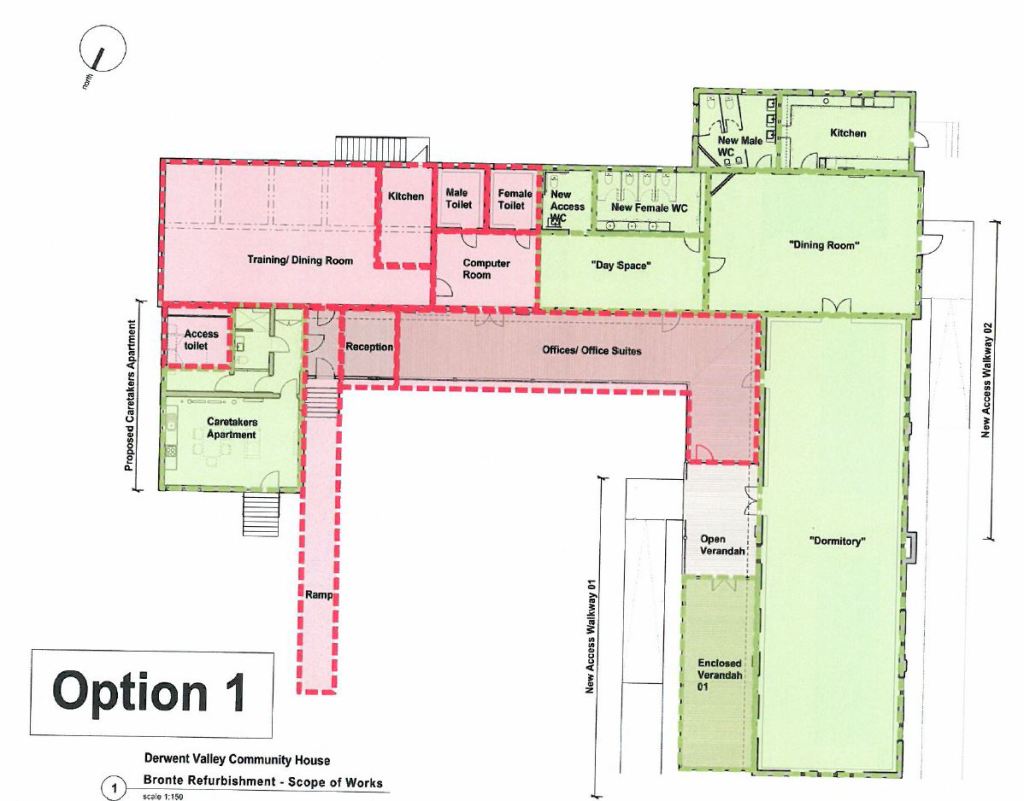
Option 1 looks at the red areas being for the use of the DVCH and the Green areas being for multi-purpose area. Office suites are installed in the enclosed verandah area, this isn’t suited to the task during a cold winter in the valley. this option also requires a second kitchen to be installed for the community house in the rear of Bronte. The computer room and day space are installed in what is a hallway which will be disturbed with passing traffic. The Caretakers apartment is reduces in size to cater for an access toilet facility for DVCH guests and employees. No tours can be conducted through the DVCH areas, again reducing the size of the DVC owned and managed tourist area.
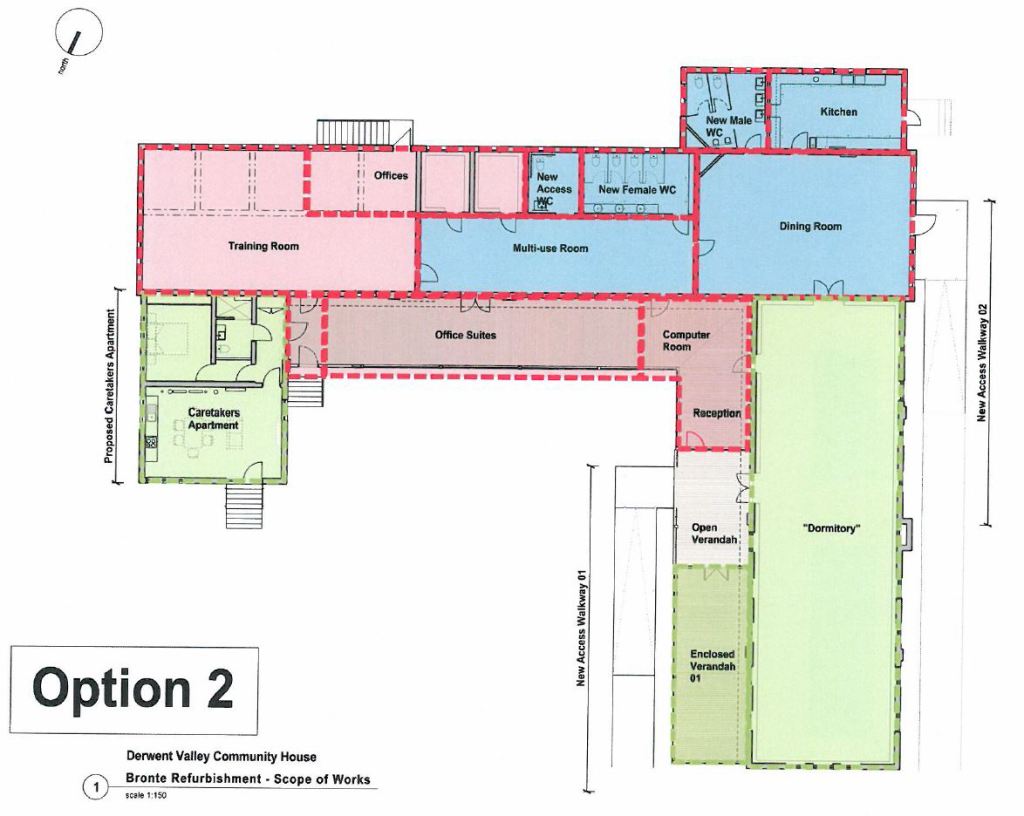 Option 2 introduces the idea of shared areas (blue area) and as discussed earlier, this raises all sorts of issues for school groups that access the site for education and could potentially put the participants of the DVCH programs at some level of discomfort. The multi-use area again sits just outside of the female toilets and in what was a hallway, this isn’t approprate at all. The office area again is in an inappropriate area for winter occupation. While option 2 is the least cost expenditure it is also the most inappropriate of all the options. No tours can be conducted through the DVCH areas, again reducing the size of the DVC owned and managed tourist area.
Option 2 introduces the idea of shared areas (blue area) and as discussed earlier, this raises all sorts of issues for school groups that access the site for education and could potentially put the participants of the DVCH programs at some level of discomfort. The multi-use area again sits just outside of the female toilets and in what was a hallway, this isn’t approprate at all. The office area again is in an inappropriate area for winter occupation. While option 2 is the least cost expenditure it is also the most inappropriate of all the options. No tours can be conducted through the DVCH areas, again reducing the size of the DVC owned and managed tourist area.
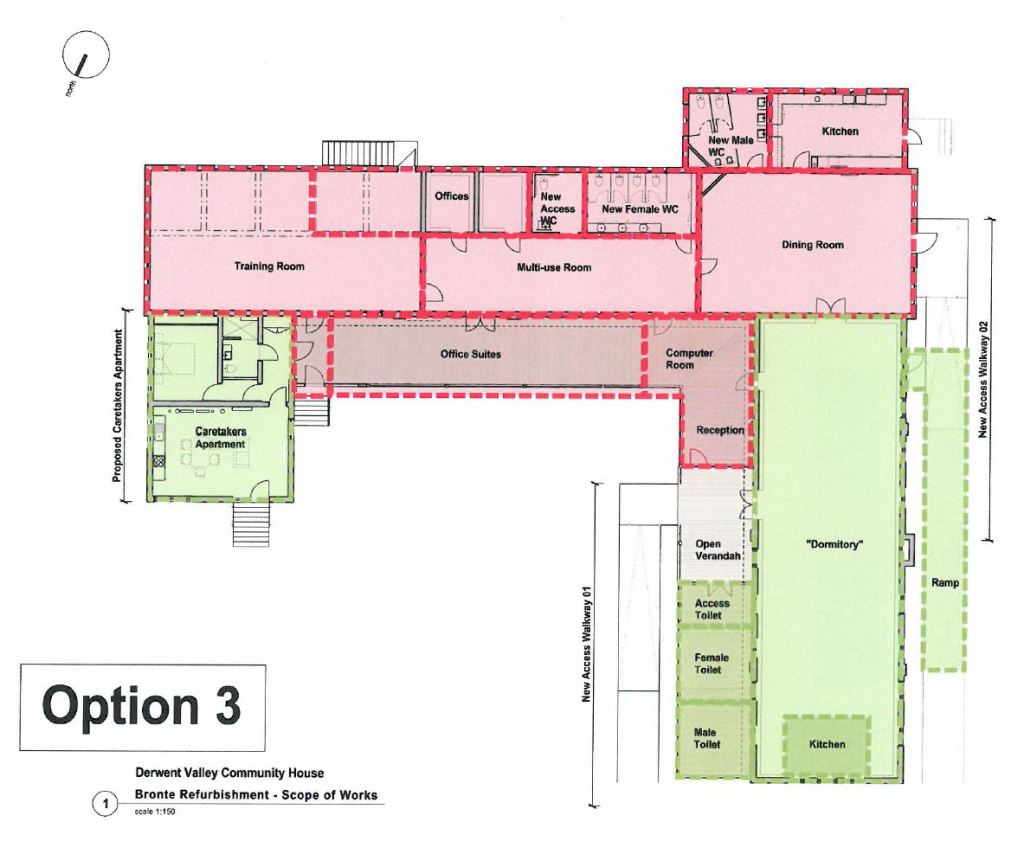
Option 3 separates the ares again and reduces the size of the facility to the Willow Court visitors and increases the cost significantly with the installation of a new kitchen, access toilet, and male and female toilets. The multi-use area is still in the hallway and outside of the female toilets, offices and access toilets. This was not built for such use. No tours can be conducted through the DVCH areas, again reducing the size of the DVC owned and managed tourist area.
The full plans and the agenda are available from the Derwent Valley Council website. We urge the Derwent Valley Council to stop, think and plan a vision with all your partners that will suit the long term good of all involved. Maybe it is time that this Tasmanian asset is give back to be managed by the Port Arthur Authority? The Derwent Valley Community House deserve better than a co-location, their work in the community is vital and should be given priority for a purpose build property with access for everyone and for their exclusive use, the same as these Community Houses:
Bridgewater Community Centre
Bucaan Community House
Clarendon Vale Neighbourhood Centre
Dowsing Point Community Centre
Dunalley/Tasman House
Gagebrook Community Centre
Geeveston Community Centre
Goodwood Community Centre
Karadi Aboriginal Corporation
Maranoa Heights Community Centre
Okines Community House
Pittwater Community Centre
Risdon Vale Neighbourhood House
Rokeby Neighbourhood Centre
Warrane Mornington Neighbourhood Centre
West Moonah Community House
West Winds Community Centre
